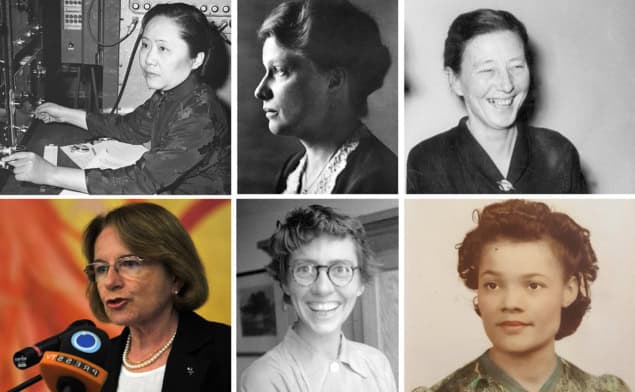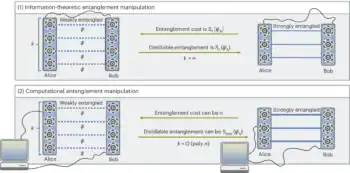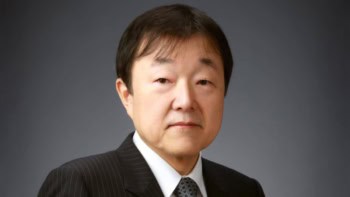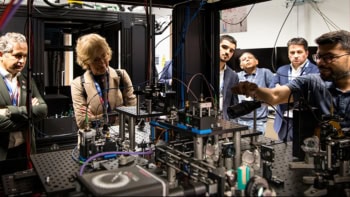Jennifer Carter reviews Women in the History of Quantum Physics: Beyond Knabenphysik edited by Patrick Charbonneau, Michelle Frank, Margriet van der Heijden and Daniela Monaldi

Writing about women in science remains an important and worthwhile thing to do. That’s the premise that underlies Women in the History of Quantum Physics: Beyond Knabenphysik – an anthology charting the participation of women in quantum physics, edited by Patrick Charbonneau, Michelle Frank, Margriet van der Heijden and Daniela Monaldi.
What does a history of women in science accomplish? This volume firmly establishes that women have for a long time made substantial contributions to quantum physics. It raises the profiles of figures like Chien-Shiung Wu, whose early work on photon entanglement is often overshadowed by her later fame in nuclear physics; and Grete Hermann, whose critiques of John von Neumann and Werner Heisenberg make her central to early quantum theory.
But in specifically recounting the work of these women in quantum, do we risk reproducing the same logic of exclusion that once kept them out – confining women to a specialized narrative? The answer is no, and this book is an especially compelling illustration of why.
A reference and a reminder
Two big ways this volume demonstrates its necessity are by its success as a reference, a place to look for the accomplishments and contributions of women in quantum physics; and as a reminder that we still have far to go before there is anything like true diversity, equality or the disappearance of prejudice in science.
The subtitle Beyond Knabenphysik – meaning “boys’ physics” in German – points to one of the book’s central aims: to move past a vision of quantum physics as a purely male domain. Originally a nickname for quantum mechanics given because of the youth of its pioneers, Knabenphysik comes to be emblematic of the collaboration and mentorship that welcomed male physicists and consistently excluded women.
The exclusion was not only symbolic but material. Hendrika Johanna van Leeuwen, who co-developed a key theorem in classical magnetism, was left out of the camaraderie and recognition extended to her male colleagues. Similarly, credit for Laura Chalk’s research into the Stark effect – an early confirmation of Schrödinger’s wave equation – was under-acknowledged in favour of that of her male collaborator’s.
Something this book does especially well is combine the sometimes conflicting aims of history of science and biography. We learn not only about the trajectories of these women’s careers, but also about the scientific developments they were a part of. The chapter on Hertha Sponer, for instance, traces both her personal journey and her pioneering role in quantum spectroscopy. The piece on Freda Friedman Salzman situates her theoretical contributions within the professional and social networks that both enabled and constrained her. In so doing, the book treats each of these women as not only whole human beings, but also integral players in a complex history of one of the most successful and debated physical theories in history.
Lost physics
Because the history is told chronologically, we trace quantum physics from some of the early astronomical images suggesting discrete quantized elements to later developments in quantum electrodynamics. Along the way, we encounter women like Maria McEachern, who revisits Williamina Fleming’s spectral work; Maria Lluïsa Canut, whose career spanned crystallography and feminist activism; and Sonja Ashauer, a Brazilian physicist whose PhD at Cambridge placed her at the heart of theoretical developments but whose story remains little known.
This history could lead to a broader reflection on how credit, networking and even theorizing are accomplished in physics. Who knows how many discoveries in quantum physics, and science more broadly, could have been made more quickly or easily without the barriers and prejudice women and other marginalized persons faced then and still face today? Or what discoveries still lie latent?
Not all the women profiled here found lasting professional homes in physics. Some faced barriers of racism as well as gender discrimination, like Carolyn Parker who worked on the Manhattan Project’s polonium research and is recognized as the first African American woman to have earned a postgraduate degree in physics. She died young without having received full recognition in her lifetime. Others – like Elizabeth Monroe Boggs who performed work in quantum chemistry – turned to policy work after early research careers. Their paths reflect both the barriers they faced and the broader range of contributions they made.
Calculate, don’t think
The book makes a compelling argument that the heroic narrative of science doesn’t just undermine the contributions of women, but of the less prestigious more broadly. Placing these stories side by side yields something greater than the sum of its parts. It challenges the idea that physics is the work of lone geniuses by revealing the collective infrastructures of knowledge-making, much of which has historically relied not only on women’s labour – and did they labour – but on their intellectual rigour and originality.

Grete Hermann: the quantum physicist who challenged Werner Heisenberg and John von Neumann
Many of the women highlighted were at times employed “to calculate, not to think” as “computers”, or worked as teachers, analysts or managers. They were often kept from more visible positions even when they were recognized by colleagues for their expertise. Katharine Way, for instance, was praised by peers and made vital contributions to nuclear data, yet was rarely credited with the same prominence as her male collaborators. It shows clearly that those employed to support from behind the scenes could and did contribute to theoretical physics in foundational ways.
The book also critiques the idea of a “leaky pipeline”, showing that this metaphor oversimplifies. It minimizes how educational and institutional investments in women often translate into contributions both inside and outside formal science. Ana María Cetto Kramis, for example, who played a foundational role in stochastic electrodynamics, combined research with science diplomacy and advocacy.
Should women’s accomplishments be recognized in relation to other women’s, or should they be integrated into a broader historiography? The answer is both. We need inclusive histories that acknowledge all contributors, and specialized works like this one that repair the record and show what emerges specifically and significantly from women’s experiences in science. Quantum physics is a unique field, and women played a crucial and distinctive role in its formation. This recognition offers an indispensable lesson: in physics and in life it’s sometimes easy to miss what’s right in front of us, no less so in the history of women in quantum physics.
- 2025 Cambridge University Press 486 pp £37.99hb



